Stress Fractures
Have you ever been told by your doctor that you have a stress fracture? If so, you’re not alone. Stress fractures are one of the most common injuries in athletes. But what are they, how are stress fractures treated. and how can you prevent them? Keep reading to learn more.
What are stress fractures and how do they develop?
Stress fractures are tiny cracks in your bones that occur when your muscles are unable to absorb the impact of your daily activities. This type of injury is most common in the foot and lower leg, but can also occur in the upper body, such as the ribs.
Most stress fractures develop over time and are caused by repetitive motions that put stress on the bone. For example, runners who increase their mileage too quickly may be more likely to develop stress fractures. Other risk factors for stress fractures include:
– Low bone density
– Poor nutrition
– Muscle weakness or imbalance
– Use of improper footwear
If you think you may have a stress fracture, it's important to see a doctor right away. Stress fractures can worsen over time and lead to more serious injuries.
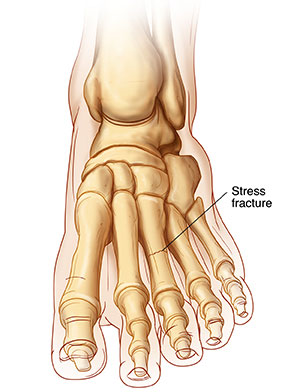
Symptoms of a stress fracture
Symptoms of stress fractures can include:
-pain that gets worse with activity and improves with rest
-tenderness or soreness to touch
-swelling or bruising in the affected area
-difficulty bearing weight on the affected limb
If you suspect you have a stress fracture, it's important to see a doctor right away. Stress fractures can progress to more serious injuries if they're not treated properly.
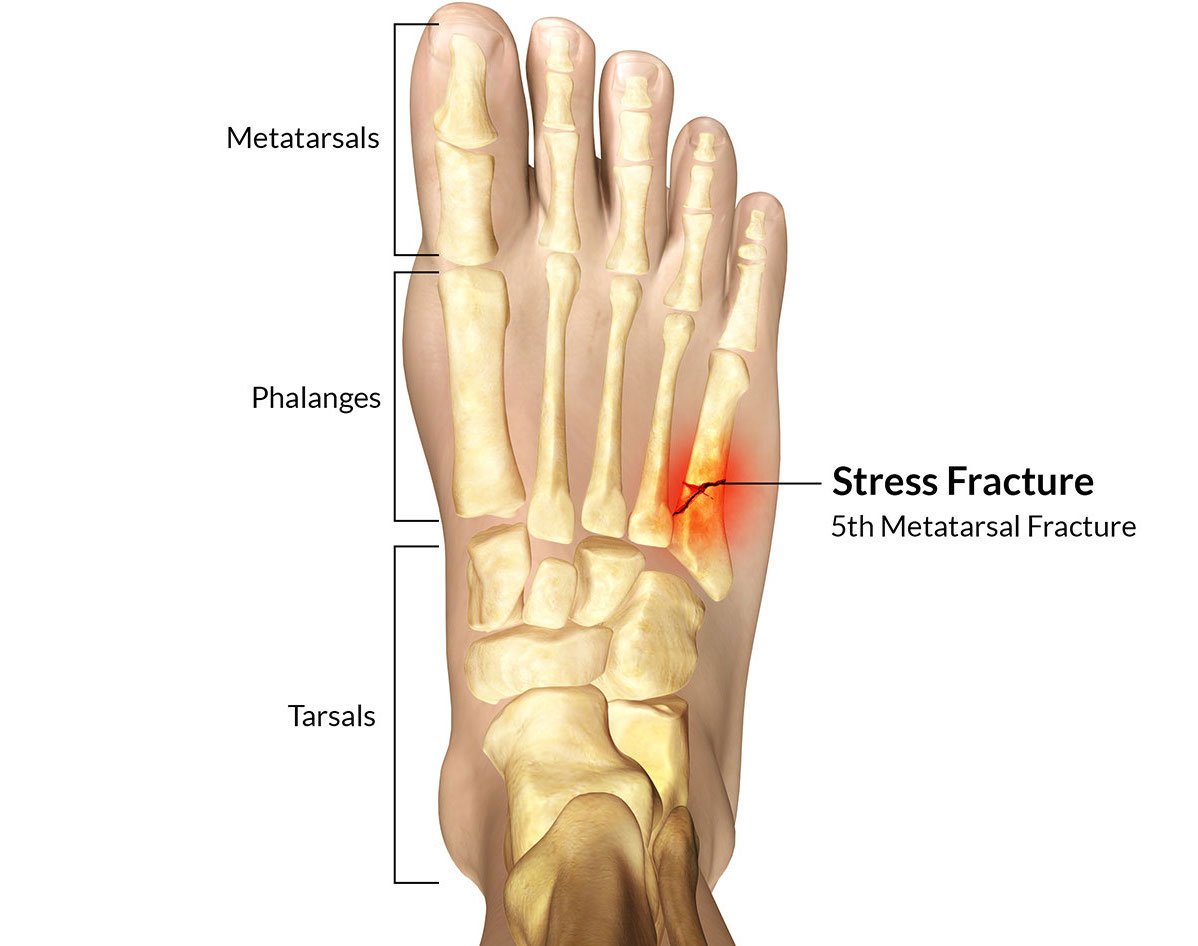
How are Stress Fractures diagnosed?
There are a number of ways to diagnose stress fractures. The most common method is through X-rays, which can usually detect fractures that are at least two weeks old. However, X-rays may not always be able to detect early or low-risk stress fractures. In these cases, other imaging methods, such as MRI (Magnetic Resonance Imaging) or CT scans, may be needed.
In addition to imaging tests, your doctor will also ask about your symptoms and medical history. He or she will also perform a physical exam, paying close attention to the area of pain. Based on all of this information, doctors are able to determine if people have femoral neck stress fractures, bone stress injuries or other problems.
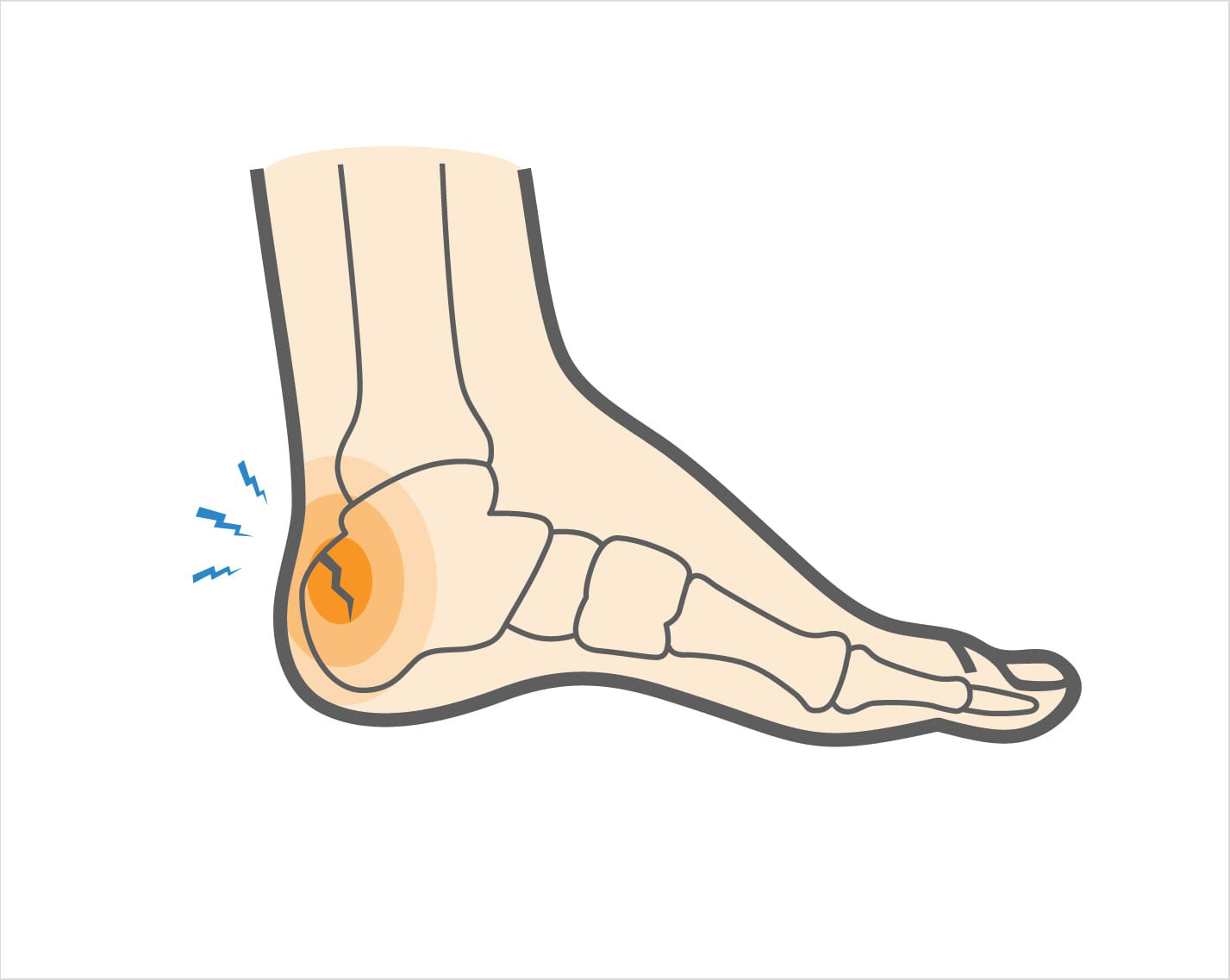
Causes of stress fractures
There are a number of different factors that can contribute to the development of stress fractures. Overuse is one of the most common causes, particularly in male or female athletes who participate in high-impact sports such as running, basketball, and tennis. Repeatedly putting stress on the bones can lead to tiny cracks developing over time.
Osteoporosis, a condition characterized by weak and brittle bones, is another potential cause of stress fractures. People with osteoporosis are more likely to experience them even with relatively minor trauma or impact.
Other risk factors for stress fractures include:
Poor nutrition
Anemia
Excessive weight-bearing (as may be seen in obese individuals or those carrying heavy loads)
Abnormal biomechanics (such as flat feet)
Poorly fitting shoes
Excessive training or overtraining
Sudden changes in training routine or intensity
Stress fractures are most commonly seen in the lower leg and foot, although they can occur in any bone in the body. The most common sites are the shinbone (tibia) and the long bones of the foot (metatarsals).
Most stress fractures occur gradually, with pain that starts out as mild and then gets progressively worse. The pain is usually worse with activity and relieved by rest. In some cases, however, a stress fracture can occur suddenly, with severe pain that comes on abruptly.
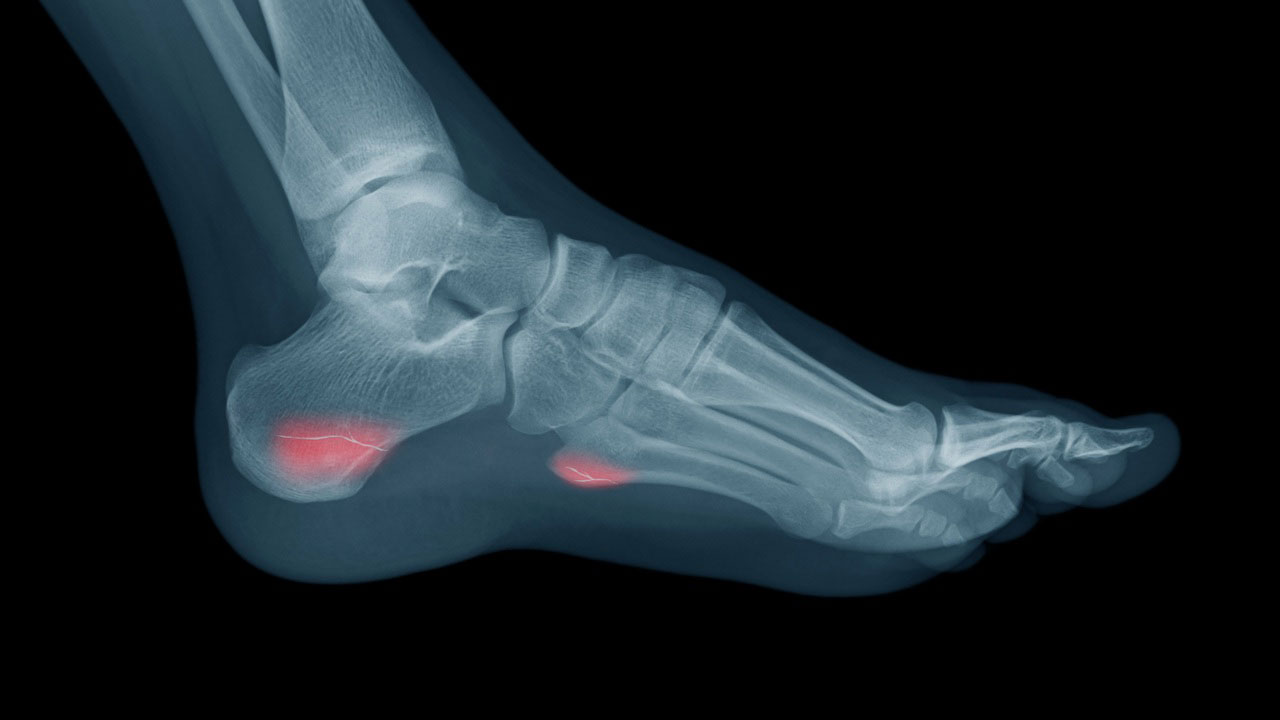
Recovery Time for Stress Fractures
There is no sure way to prevent a sports hernia. However, you can help reduce your risk by staying in good shape and using proper form when participating in sports or other activities. Core strengthening exercises also help in this problem. Wearing supportive equipment, such as a groin cup, may also help reduce your risk.
If you have any symptoms of a sports hernia, be sure to see your doctor. Early diagnosis and treatment is important to help prevent further damage to the muscles and tendons in your groin.
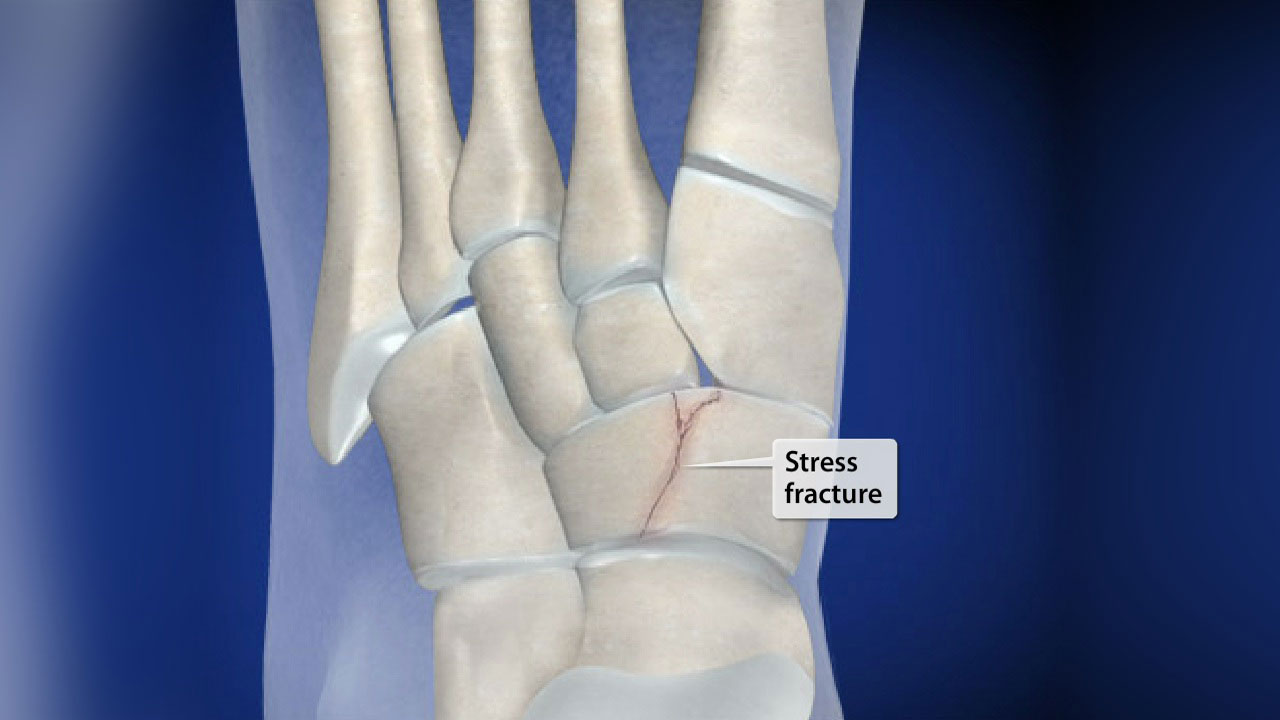
How is a stress fracture treated?
There are a number of different treatment options for stress fractures, depending on the severity of the injury. For example, some people may only need to rest and ice the affected area, while others may require more aggressive treatment, such as physical therapy or surgery.
If you have a stress fracture, it is important to see a doctor so that they can determine the best course of treatment for you. In most cases, rest and icing are all that is needed to heal a stress fracture.
If the fracture is more severe, you may need physical therapy or surgery to help heal the bone.

Prevention of stress fractures
There are a few key things you can do to help prevent stress fractures, including:
1. Wearing appropriate footwear
Make sure your shoes fit well and provide good support. If you’re an athlete, consider using orthotics or other devices to help support your feet and reduce impact.
2. Staying hydrated
Drink plenty of fluids, especially water, to keep your body properly hydrated. This will help reduce the risk of developing dehydration-related problems such as heat cramps or heat exhaustion.
3. Eating a balanced diet
Eating a diet that includes plenty of calcium and vitamin D can help keep bones strong and reduce the risk of developing osteoporosis.
4. Exercising safely
Avoid high-impact activities or those that place repetitive stress on the same area of your body. If you’re just starting an exercise program, gradually increase the intensity and duration of your workouts to help reduce the risk of injury.
5. Getting enough rest
Overtraining can put you at risk for developing stress fractures. Make sure to get plenty of rest between workouts to allow your body time to recover
If you’re at increased risk for developing stress fractures, your doctor may recommend additional measures such as taking vitamin D and calcium supplements or using a bone densitometry test to check for osteoporosis. Taking these steps can help reduce your risk of developing serious problems such as stress fractures.
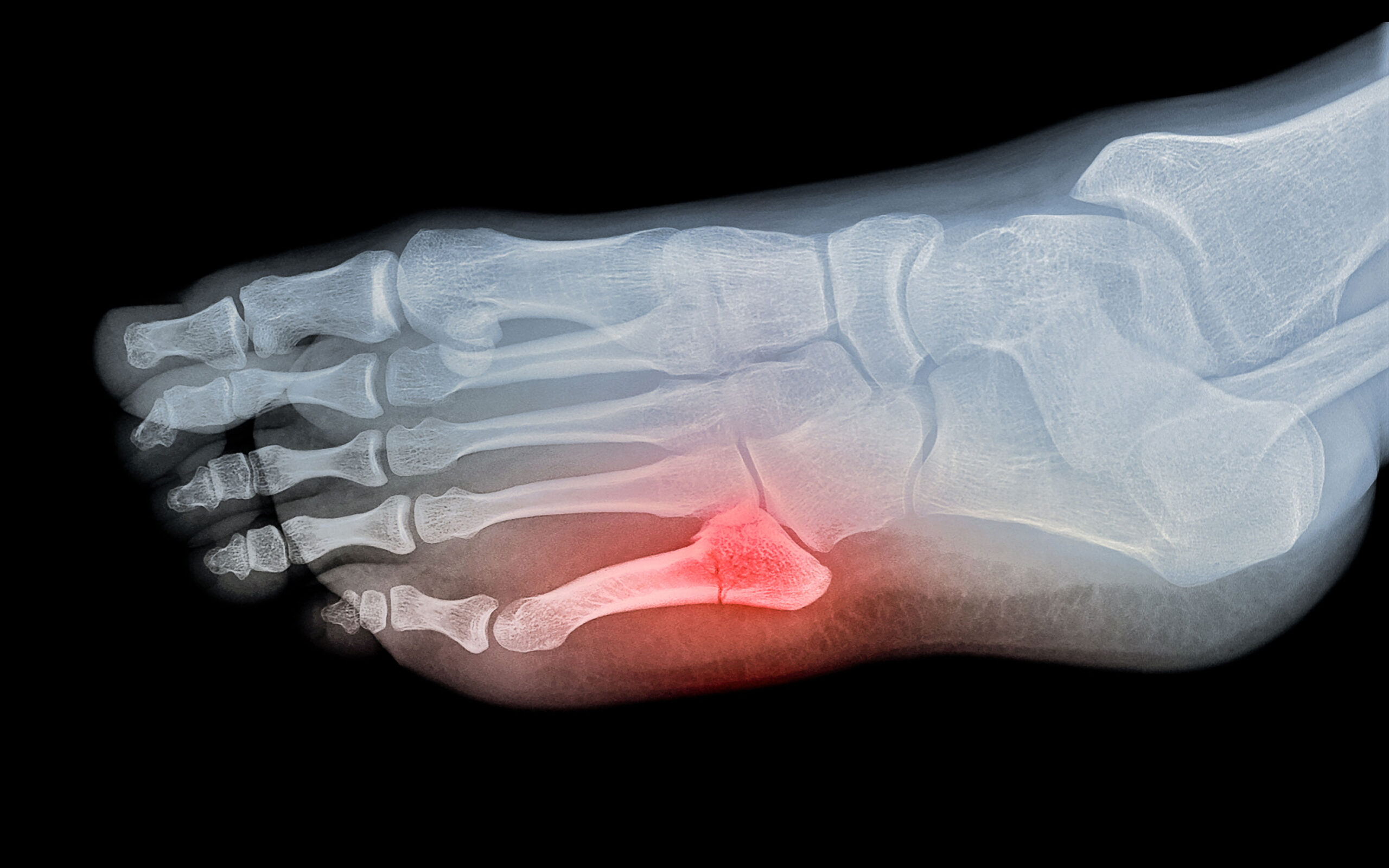
Frequently Asked Questions about Stress Fractures
Stress fractures are tiny cracks in your bones that develop from overuse. They most often occur in the weight-bearing bones of your feet and lower legs, but can also occur in other bones, such as those in your back or upper arms.
A: You may feel pain during activities that didn’t cause you pain before, or you may notice pain that gradually worsens with time. The pain is usually located in a specific spot and is made worse by pressing on it or bearing weight on it. You may also have swelling or tenderness in the area. If you suspect you have a stress fracture, see your doctor.
Your doctor will ask about your symptoms and medical history. He or she will also give you a physical exam. Images of the bone may be taken to look for a stress fracture. These images include X-rays, magnetic resonance imaging (MRI), and computed tomography (CT) scans.
A stress fracture is caused by repeated or prolonged force on a bone. This force can come from overuse when exercising, such as running long distances. It can also come from doing the same type of high-impact activity day after day without giving the bone time to heal in between. Bones that are already weak from osteoporosis or other conditions are more likely to develop stress fractures.
If a stress fracture is not treated, it can become a full-blown break (fracture). This can lead to longer healing time and a greater risk for complications such as infection. Stress fractures can also cause chronic pain and make it difficult to return to your previous level of activity.
There are several things you can do to help prevent stress fractures, including:
-Wearing proper shoes that support your feet and absorb shock
-Gradually increasing the intensity and duration of your physical activity
-Avoiding high-impact activities if you have osteoporosis or another condition that weakens bones
-Taking breaks often when participating in high-impact activities
-Eating a healthy diet that includes enough calcium and vitamin D to keep your bones strong
Have you been injured at some point in your journey?
Are you not achieving your highest level of function?
We’ve helped hundreds of people at all walks in life
get back to performing their best painfree!
3 Ways to Level Up Your Rehab and Injury Prevention With Us





